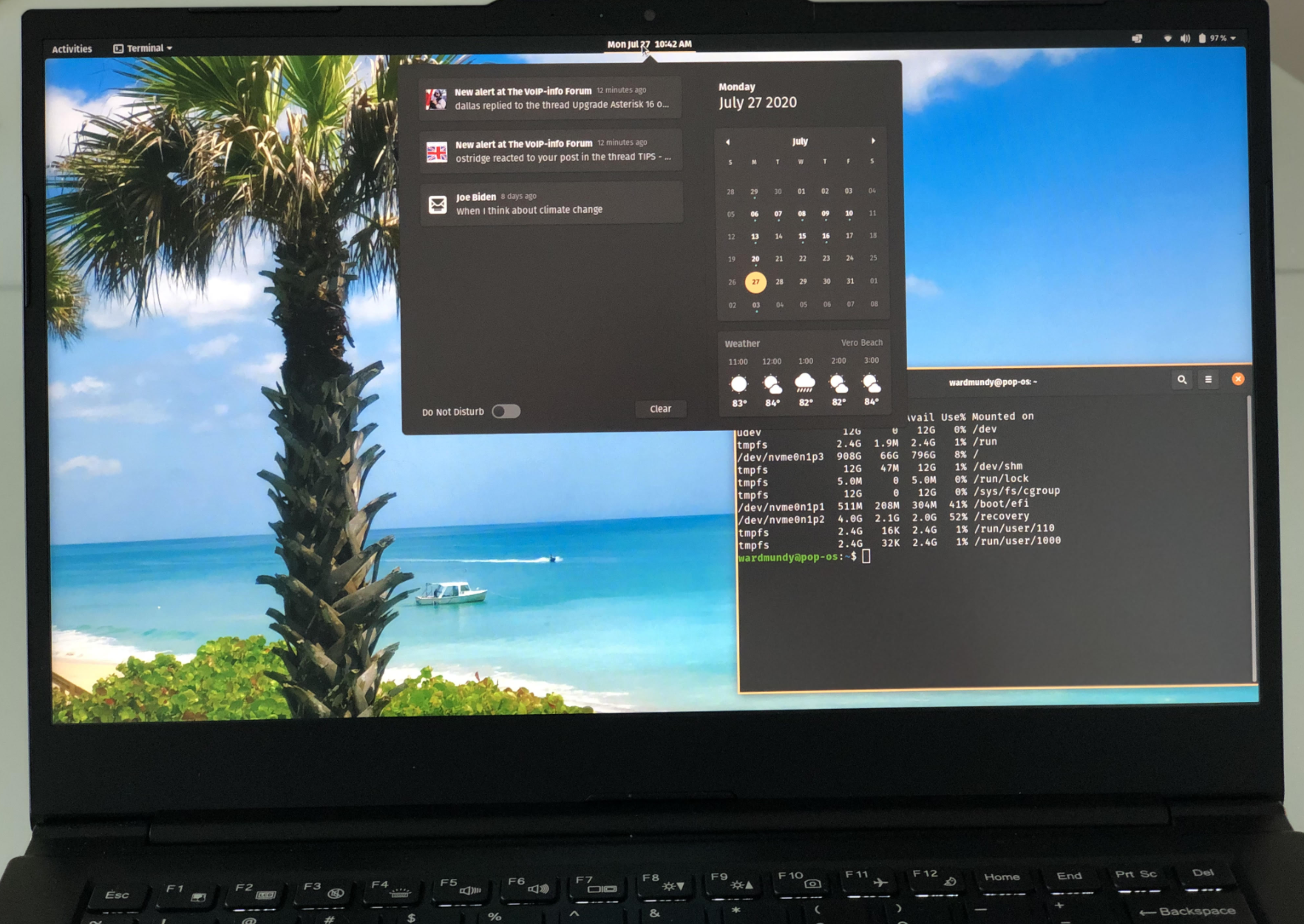The Most Important Asterisk Component: It’s the Backups!
You might think Backups are critical in the event of a catastrophic hardware failure. And you’d be right. But there are other equally important reasons to maintain current backups. If you decide to migrate to a new server platform, a current backup makes it a painless exercise. If you need to recover from a FreePBX® module upgrade that hosed your server, a current backup is critical. If you want to migrate to a newer release of Asterisk® or FreePBX, a… Read More ›



